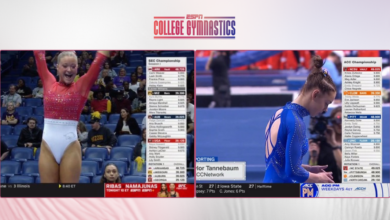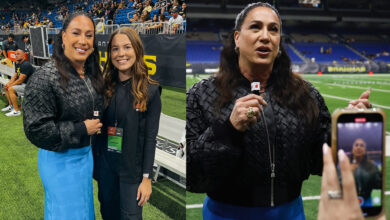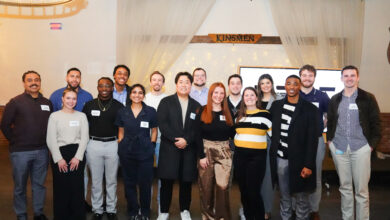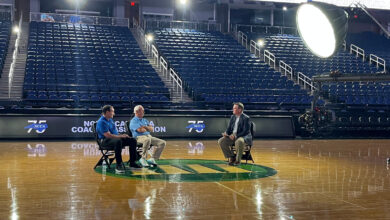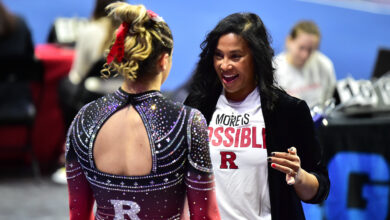ESPN The Magazine’s “Fansourced Issue” result of readers’ editorial decisions
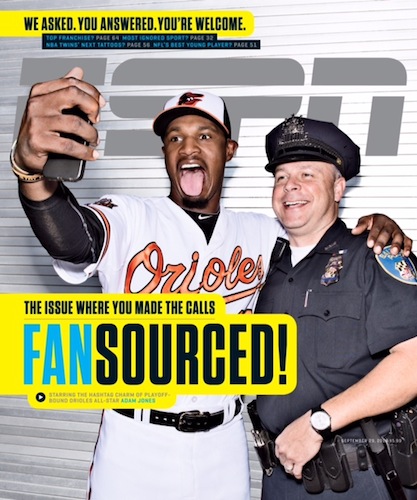
You might think “crowdsourcing” is a relatively new concept, but it might date back to 1951 in Cleveland. During a baseball game between the St. Louis Browns and the Philadelphia A’s, St. Louis owner Bill Veeck had Browns fans vote on every strategic decision during the game by holding up “Yes” or “No” cards. St. Louis won the game, 5-3.
More than 60 years later, ESPN The Magazine “Fansourced Issue” – on newsstands tomorrow – is the result of editorial decisions made by thousands of fans who voted on everything from which athletes get interviewed to who is on the cover. Front Row asked deputy editor Ty Wenger, who produced the issue, what it’s like to give up editorial control and “fansource” The Mag.
The Magazine has done “take over” issues with athletes in the past, but how did you decide to let the fans take over?
We get a lot of feedback at the magazine — as ESPN does across all platforms — about what athletes and sports we should and should not be covering. And, of course, it’s often contradictory. (More LeBron! Less LeBron!)
That means that, say, lacrosse or rugby fans (or fans of roller derby, who shockingly contributed 7,000 write-in votes on one poll) might feel like they’re not having their voices heard. So we wanted to give them a chance to be heard and to help determine our coverage. It ended up being hugely successful.
How did the editorial process work differently than other issues?
Actually, if anything, we managed to make the process about twice as hard as it’s ever been. Which is a pretty hilarious thing to do, in retrospect. The reason: Rather than having to come up with one story idea, we now had to come up with several options — all of which we wanted to do, and felt were editorially robust — and then put that vote up to the fans.
For one piece, for example, we convinced the Phoenix Suns’ Morris twins, Markieff and Marcus, to put their next tattoo (they share all the same tattoos) up for a vote. That meant we had to come up with three possible tattoos, all of which they would be willing to get placed on their bodies. This was about as hard as it sounds.
How would you assess the fans’ editorial direction? Are they hired or fired?
Absolutely hired! The wisdom of crowds proved exceptional. Their story ideas were sharp and their picks were consistently surprising. Consider that for one article, we asked them to pick five bets over the course of a week and “gamble” a fictional $5,000 of our money. Then we set their bets off against a Vegas wiseguy. The fans went 5-0 (the statistical odds of them running the table were only 3 percent); the wiseguy went 3-2. If we had actually laid down the money the fans voted on, we would have made more than $5,000. Next time, maybe we’ll put our money where our fans collective mouths are.
